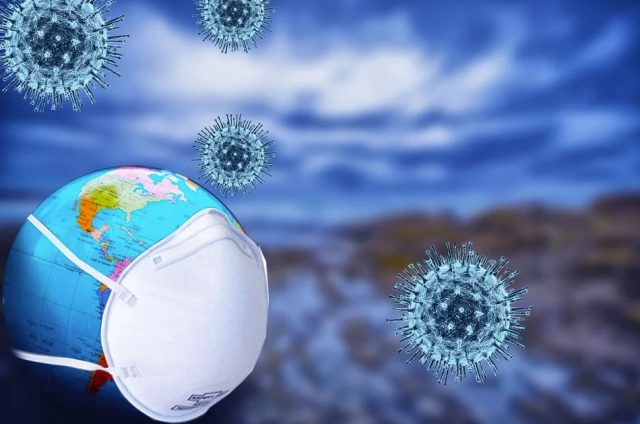COVID-19 was first detected in China in 2019. Since then, this pandemic has reached almost every country in the world and has led to a dramatic loss of life. Despite the recent successful development of several COVID-19 vaccines, coronavirus continues to present a challenge to public health.
So far, testing has been a critical component in the fight against COVID-19 and this continues to be the case. Testing allows us to characterize the spread of the disease, understand how contagious it is, and work out whether it is mutating over time. The more we know about this virus, how it is contracted and how it is spread, the more likely we are to be able to treat it.
Sequencing is another brilliant tool in the fight against COVID-19. Sequencing is an unbiased and effective way to identify new coronavirus strains and other pathogens without prior knowledge of the organism. (Source)
With growing concerns over the fast-spreading, novel variants of COVID-19, such as the UK B.1.1.7 strain and the South African B1.351 strain, sequencing is needed more than ever before. Keep reading below to find out more about COVID-19 sequencing, how it works and why it is so important:
What is Sequencing?
Sequencing involves working out the order of DNA nucleotides in a gene or genome – the order of letters that create an individual’s DNA. The human genome is made up of more than 3 billion genetic letters.
Many scientists and researchers compare sequencing to decoding. In a sense, a genome sequence is simply an exceptionally long string of letters in an unknown language. Scientists compare genomic sequences from individuals to identify genes or, in the case of coronavirus, mutations to the virus.
What Can Sequencing Be Used For?
Sequencing was used to identify the novel coronavirus causing COVID-19 early in the outbreak. It can give vaccine and drug developers, health officials, and researchers important information that allows them to:
- Track the transmission routes of viruses – this can be done locally and globally
- Identify mutations of the virus quickly to prevent the spread of new strains
- Identify mutations that may prevent a vaccine from working
- Find possible COVID-19 vaccines and treatments
- Detect and characterize respiratory co-infections
Sequencing of whole genomes or partial genes has been recognized as an effective method to investigate viral pathogen genomes, understand how a virus spreads, and look for mutations that could in theory have an impact on transmission rates, countermeasures, and pathogenicity.
The Importance of Sequencing
Although the sequencing efforts in the U.S. started strong, they have waned over time. At the start of the pandemic, the whole world was working together to try and work out what this new virus was, and during this time, many samples in the U.S. were sent for genome sequencing. However, this soon changed. Currently, only 3% of all samples taken in the U.S. are sent for genome sequencing.
As we mentioned above, sequencing can aid in the fight against COVID-19 and the new mutations. The South African and UK variants have already been found in dozens of individuals in the U.S. This means that these variants are already widespread around the world. However, with a lack of sequencing and surveillance, it is hard to know just how widespread these variants are.
Not only that, but viruses can mutate each time they move to a new host, and with millions of cases of COVID-19 recorded worldwide, there are likely numerous variants waiting to be discovered. It is believed that in the U.S. alone, an estimated 15-20% of Americans have had this deadly virus, which would make the possibility of a new variant coming from a U.S. case quite likely. The idea of a new mutant strain is bad enough, but there is also a possibility that new strains may be able to evade current vaccines.
Genome sequencing is more important than ever before. Sequencing can help us to find new strains, identify them quickly and enable us to complete further research into them. Any new strains of COVID-19 need to be identified, isolated, researched and treated. This is the only way we will be able to get back to some kind of normality in the future.
As COVID-19 continues to infect individuals in countries around the world, scientists have rushed to understand this deadly virus. One tool they have used in this effort is sequencing. They simply look at the virus’s genes for answers. Applied correctly, this type of genomic surveillance can give us great insights into how a virus moves around and changes each day. It can also help us to make decisions regarding where and how restrictions should be imposed. Gene sequencing is an amazing tool in the fight against COVID-19. You never know, one day this amazing tool might even be able to prevent outbreaks, or at least nip them in the bud quickly.

A professional writer with over a decade of incessant writing skills. Her topics of interest and expertise range from health, nutrition and psychology.


